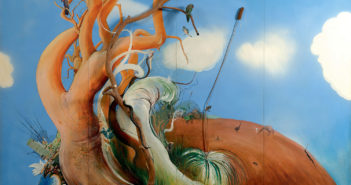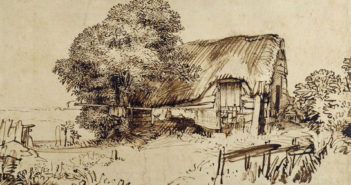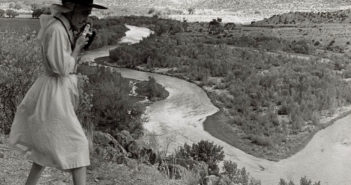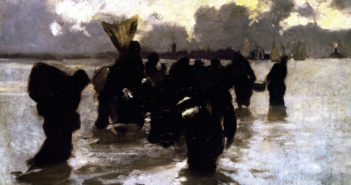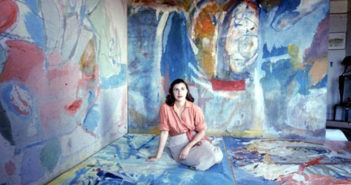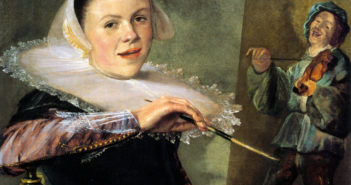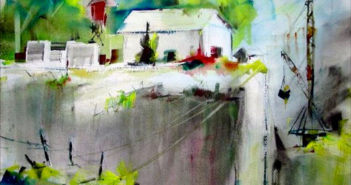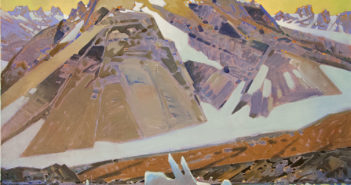
Your creative truth
Scrabbling around in mountains is good for you. Among other things, I’m having occasional bouts of lucidity. For instance, I just discovered the “truth.”
I’m realizing that an artist’s own creative truth is really all that matters. Up here, it’s more than just looking for things to inflict your style on — it has to do with inhaling and exhaling. Getting it in depth. Walking helps — it slows the intake, aids digestion and speeds imagination.

